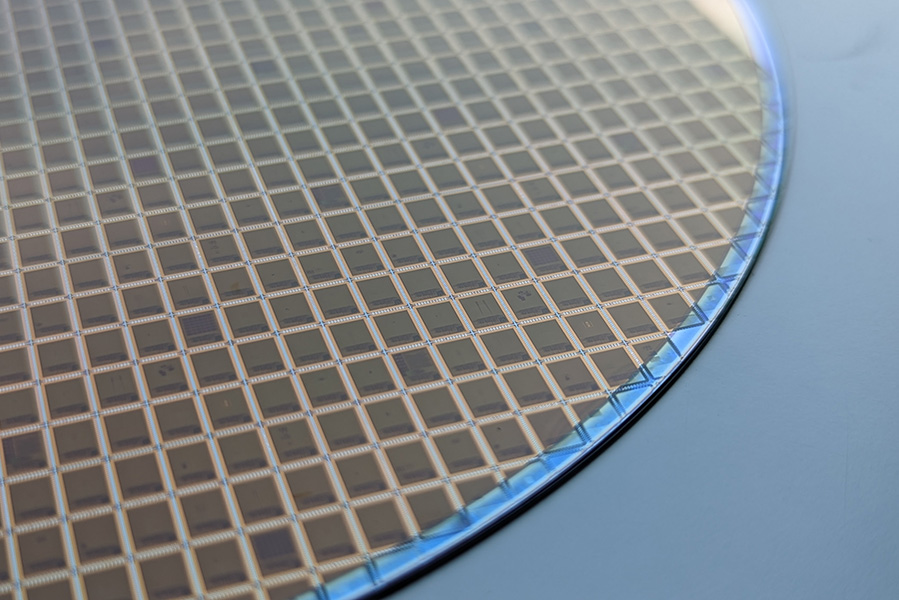
Introducing Students to Open-Source Chip Design
By Krista Burns
Media InquiriesInterest in designing computer chips has grown exponentially. With pressure to bring hardware manufacturing back to the United States, universities are developing innovative ways to expose students to computer chip fabrication. The Department of Electrical and Computer Engineering at Carnegie Mellon University offers a new course on computer chip design open to all majors and backgrounds.
The software world has historically been dominated by open-source, but the hardware-design space has generally not followed suit. However, in the past several years, there has been a new growth in free, open-source hardware-design technologies. It is now possible to use modern, agile methodologies to make hardware design easier and cheaper, and the industry at large is starting to adopt these technologies in widespread use. The new course, “Introduction to Open-Source FPGA and ASIC Chip Design” aims to provide an overview of how these tools work and how to use them.
"The growth and availability of open-source tools has created a major educational opportunity,” says Anish Singhani, a senior in electrical and computer engineering and instructor of the course. “It has made it easier to expose students to chip design in a hands-on way. We’ve created this course to get more students interested and excited about chip design.”
Offered for the first time this past semester, the course was made up of 27 students from backgrounds ranging from first-year to Ph.D. students. For software-centered students, this class broadens their perspective by providing exposure to hardware design. Students who are already interested in electronics can learn about chip design tools and get experience building a simple design in a low-stakes environment. For students with some design experience under their belt, they gain a stronger foundational knowledge of how the whole process works under-the-hood.
“We had resounding success this year,” says Singhani. “Even those students who came in with very little electronics experience were able to successfully design and submit a chip to be fabricated.”
Students work throughout the semester on a digital chip project of their choice. This semester’s student projects included CPUs, arithmetic units, games, signal-processing cores, motor controllers, and much more. Using open-source tools including Yosys, CocoTB, Verilator, and OpenLane to design, and verify, students eventually prepare their chip for tapeout. At the end of the course, every student submits their chip design for fabrication. This semester's chips have been submitted to SkyWater Technology for manufacturing.
“Next semester, students will get their chips back from the fab and will have something that they can hold in their hand and be able to say "I built this",” says Bill Nace, a teaching professor in the electrical and computer engineering department. “They will then wire up their chips with associated peripherals and see their chip come to life.”
While a number of other universities are experimenting with migrating their chip-design curriculum to use open-source tools and platforms, courses offered elsewhere are generally only accessible to those with substantial prerequisite knowledge.
“Our course is open to students with a variety of backgrounds,” says Nace. “Carnegie Mellon still offers conventional chip design courses, so in a way, this new course helps get students interested and excited for taking upper-level courses.”
As students continue to enroll in this course, and interest grows in the chip design and making process, the department’s goal is to maintain accessibility to the field. Students can register for the course (18-224 and 18-624) in SIO for the spring semester.